| Common Name | |
|---|---|
| Type | |
| Family | |
| Native? | Non-Native |
| Height Range (ft.) | 10 to 25 |
| Spread (ft.) | 10 to 25 |
| Bloom Time | |
| Bloom Description | White to pinkish blossoms |
| Sun | |
| Water | |
| Maintenance | |
| Suggested Use | |
| Tolerate | |
| Growth Rate |
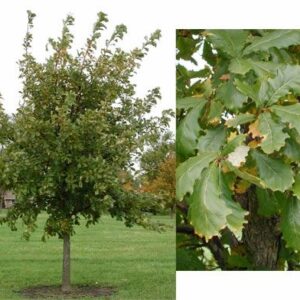
Gala Apple is a compact, productive tree with sweet, crisp fruit and spring blooms. Ideal for edible gardens, home orchards, and sunny borders.
$165.99
Please note: Sizes 1.5 Gallon and up can’t be shipped outside the counties of Nassau, Suffolk, Brooklyn, and Queens.
Learn more about how the process works and how our plants are delivered.
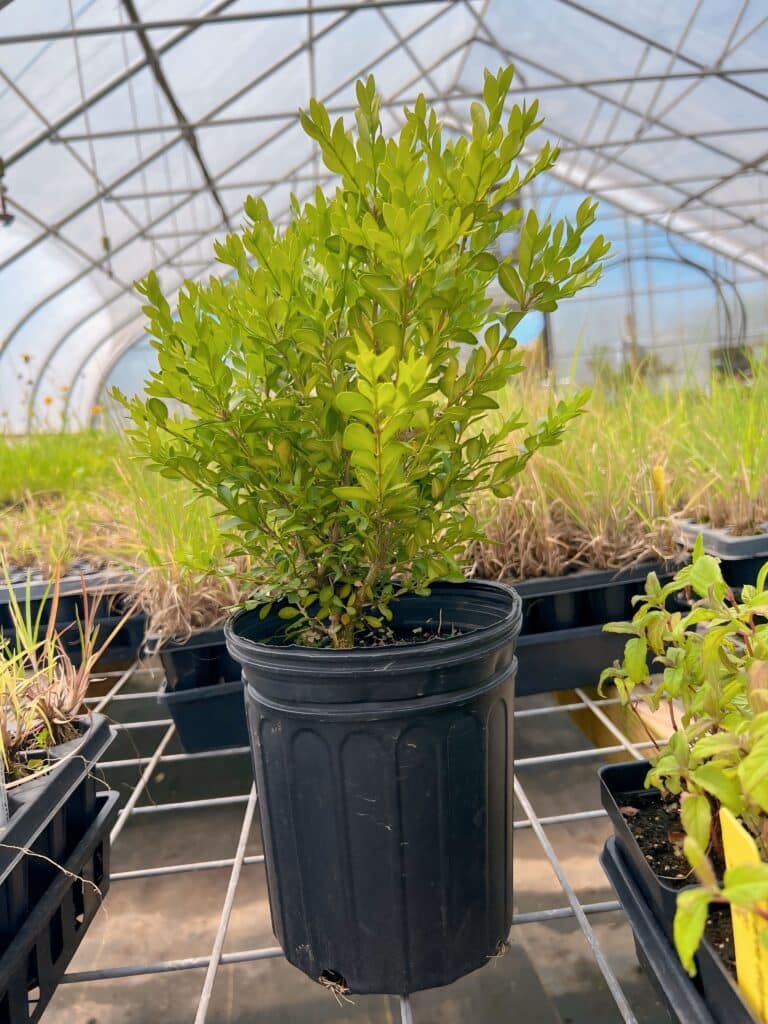

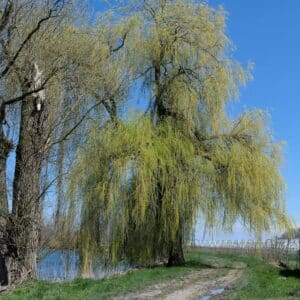
| Common Name | |
|---|---|
| Type | |
| Family | |
| Native? | Non-Native |
| Height Range (ft.) | 10 to 25 |
| Spread (ft.) | 10 to 25 |
| Bloom Time | |
| Bloom Description | White to pinkish blossoms |
| Sun | |
| Water | |
| Maintenance | |
| Suggested Use | |
| Tolerate | |
| Growth Rate |
Malus domestica ‘Gala’, commonly known as Gala Apple, is one of the most popular apple varieties for home gardens and orchards, prized for its crisp, juicy texture and sweet flavor. Its white-pink spring blooms give way to medium-sized, red-and-yellow apples that ripen in late summer and are excellent for fresh eating and juicing.
Gala trees typically grow 12 to 15 feet tall when grafted on semi-dwarf rootstock, making them suitable for small landscapes and home orchards. While this apple tree is attractive and productive, it is not a native species, and native trees provide far greater ecological value by supporting local pollinators, birds, and beneficial insects throughout the year.
Crisp, sweet apples perfect for eating fresh or making juice
Beautiful white-pink spring flowers
Compact growth habit suitable for small spaces
Plant in full sun with well-drained soil
Requires cross-pollination with another apple variety for fruit production
Prune in late winter to encourage air circulation and fruit set
Ideal for home orchards, edible gardens, and sunny borders
Pair with pollinator-friendly flowers and companion plants
Use in espalier designs or as a focal tree in small yards
Flowers attract spring pollinators, but fruit trees offer limited wildlife support overall
Native trees offer much more in terms of habitat, food, and ecosystem value
Quercus alba – White Oak: Majestic native tree supporting hundreds of pollinator and bird species with acorns, foliage, and habitat
Salix nigra – Black Willow: Fast-growing native tree ideal for moist areas; provides food and shelter for pollinators, birds, and aquatic wildlife
Juniperus virginiana – Eastern Red Cedar: Evergreen native tree offering berries for birds and dense cover for wildlife year-round
/5
Total reviews
|
|
Persons recommended this product
Anonymous
Shopper
check_circle Verified
Shop owner replied
Was this helpful
Anonymous
Shopper
check_circle Verified
Shop owner replied
Was this helpful
Your feedback helps us improve our service.
There are no reviews yet.
Be the first to review “ ”
Please log in to submit a review.
Only logged in customers who have purchased this product may leave a review
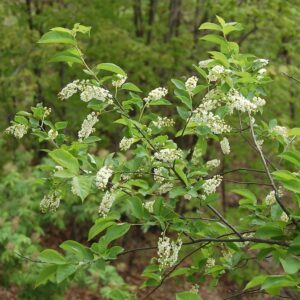
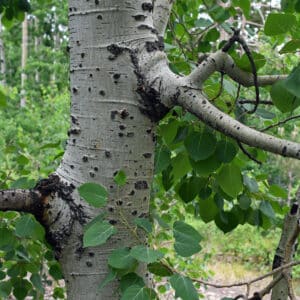


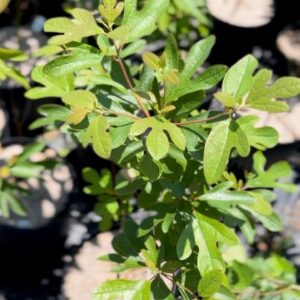
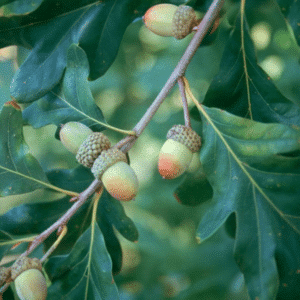
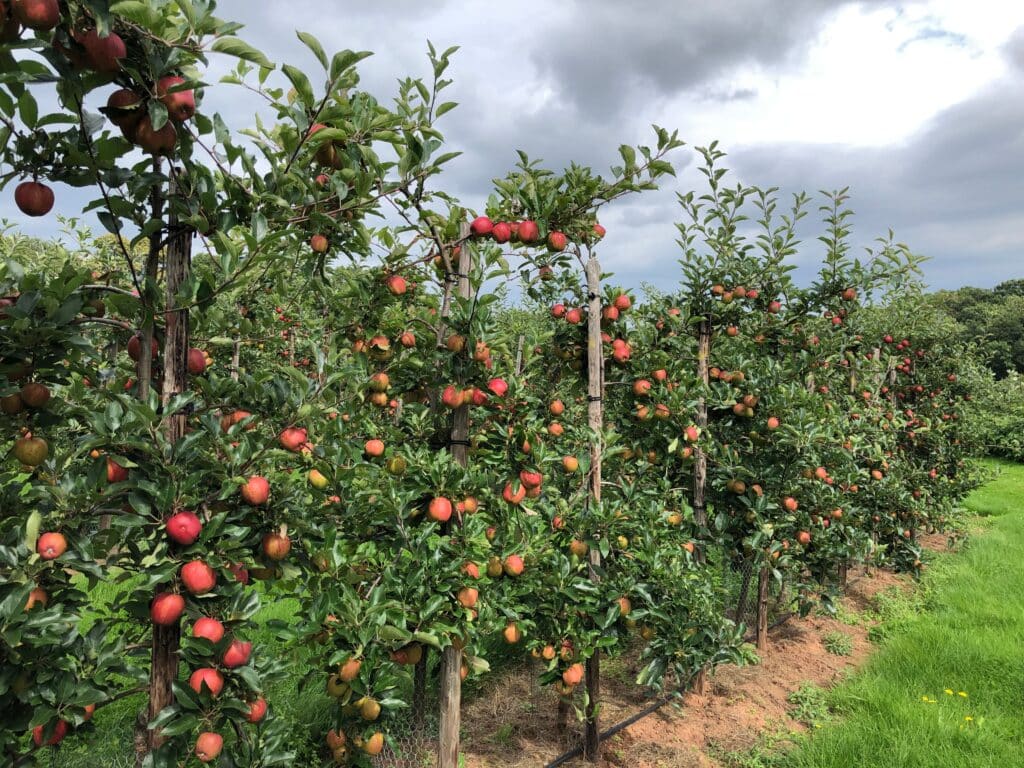
Gala Apple trees typically grow to 12–15 feet tall for semi-dwarf varieties and around 8–10 feet tall for dwarf forms, with a similar spread. Their compact size makes them suitable for backyard orchards, edible landscapes, or even large containers with proper care.
Gala Apples require full sun (at least 6–8 hours of direct sunlight daily) and thrive in well-drained, moderately rich soil with a slightly acidic pH (6.0–6.5). Good air circulation and adequate space between trees help reduce disease risk.
Yes! Gala is not self-fertile and requires a compatible pollinator nearby to produce a good crop. Suitable pollinators include other apple varieties such as Fuji, Honeycrisp, Granny Smith, or Golden Delicious. Be sure the varieties bloom at the same time for effective cross-pollination.
Gala apples typically ripen in late summer to early fall (August to September). The fruits are medium-sized, with crisp, juicy flesh, and a sweet, slightly tart flavor. They’re excellent for fresh eating, salads, and juicing.
Gala is a reliable, relatively easy-to-grow apple variety, but it does require annual pruning, fruit thinning, and disease management for optimal yield and tree health. Watch for common apple pests like apple maggot and codling moth, and monitor for diseases such as apple scab or fire blight.
Our gift cards make it easy to share the beauty of plants, flowers, and all things green. Whether for a special occasion or just because, give the gift of choice and let them select their favorites to create a garden they’ll cherish.
BUYING HIGH QUALITY PLANTS HAS NEVER BEEN EASIER
Our plants are easy to order, plant, and enjoy! Bringing pollinators to your property improves vegetable yields – Feed the bees!
Sign up for our email list!
Copyright © 2025 Bumbee’s | Web design and SEO by Searles Graphics